One factor in home design that is here to stay is the concept of space and functionality. Floating shelving serves as a versatile way to add personal touches to your home all while keeping the ease of functionality a top priority.
Whether your functional needs stem from a well-organized pantry, convenient coffee bar, or a showcase of style - function is key.
Apart of creating a functional space that remains functional is following the mantra "Anything that takes up physical space takes up mental space". Meaning, it's important to identify the "must-haves" to create a purposeful space. Floating shelving allows for endless opportunities to change up design if desired - This is one factor that you are limited to with full cabinetry. Let's face it, seasons change and so does nature of design!
It's also perfect for those "Odd" spaces. Floating shelving is easily customizable and can be a great way to make that awkward space functionable and used.
Blue Harbor Kitchens + Baths General Manager, Jill Muldoon, touches upon how floating shelving can be a great contrast in any space.
“I love adding a pop of color that will serve as a contrast in an otherwise ‘all white’ kitchen. Floating shelves in a natural wood, such as Walnut are a great way to achieve a subtle contrast. They can create a sense of warmth, give the space some character, and provide an opportunity to add personal style.”
In many ways, floating shelves can uplift a home and create a statement that serves as a functional part of our everyday lives.
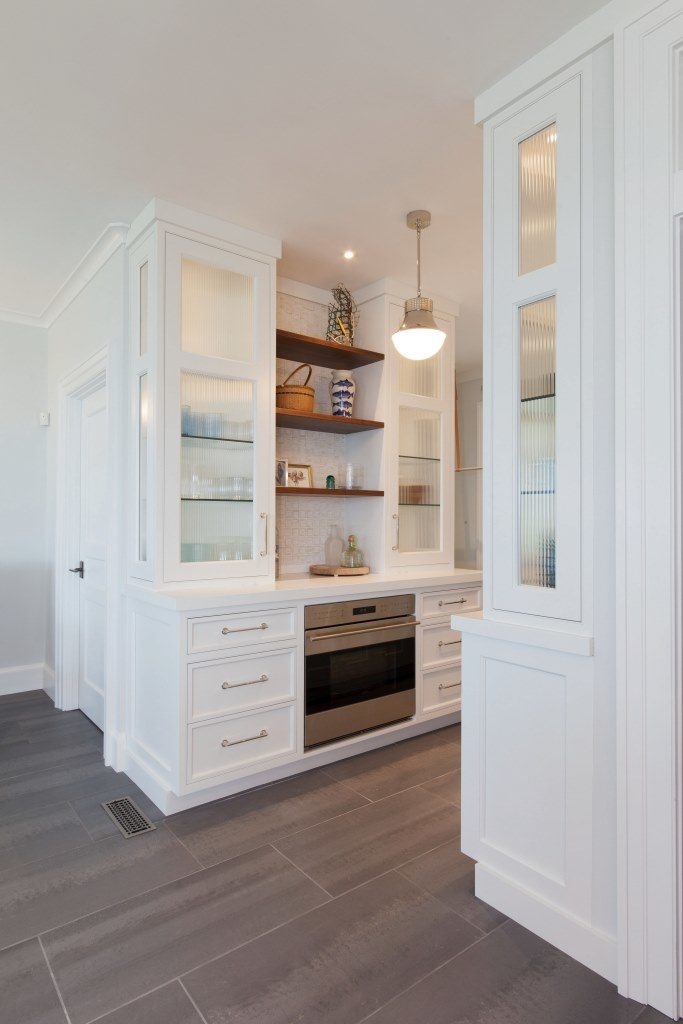
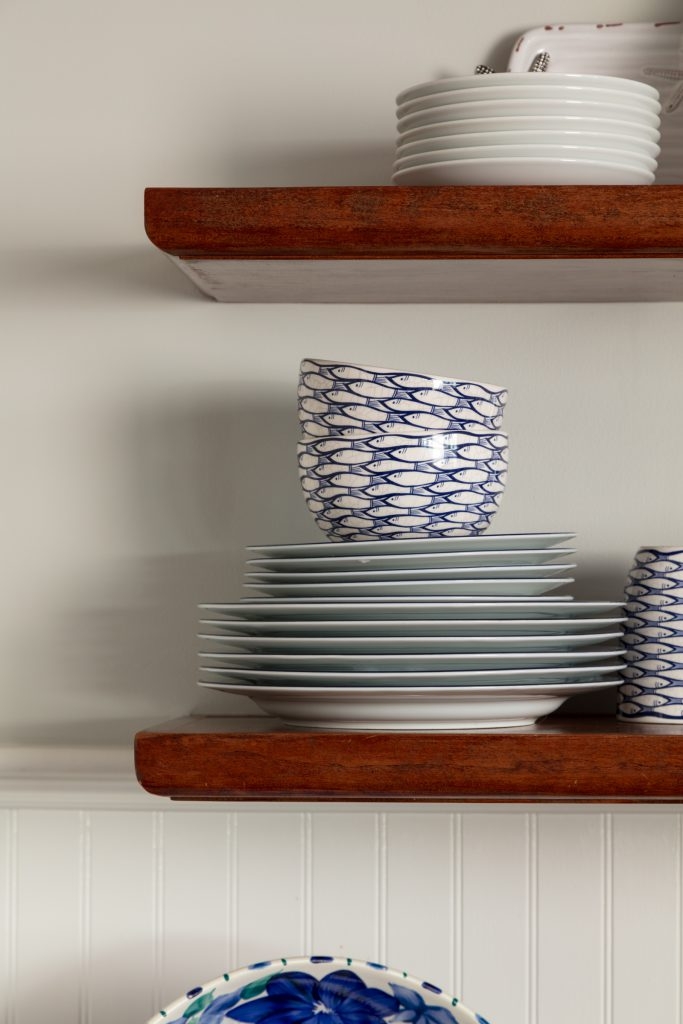





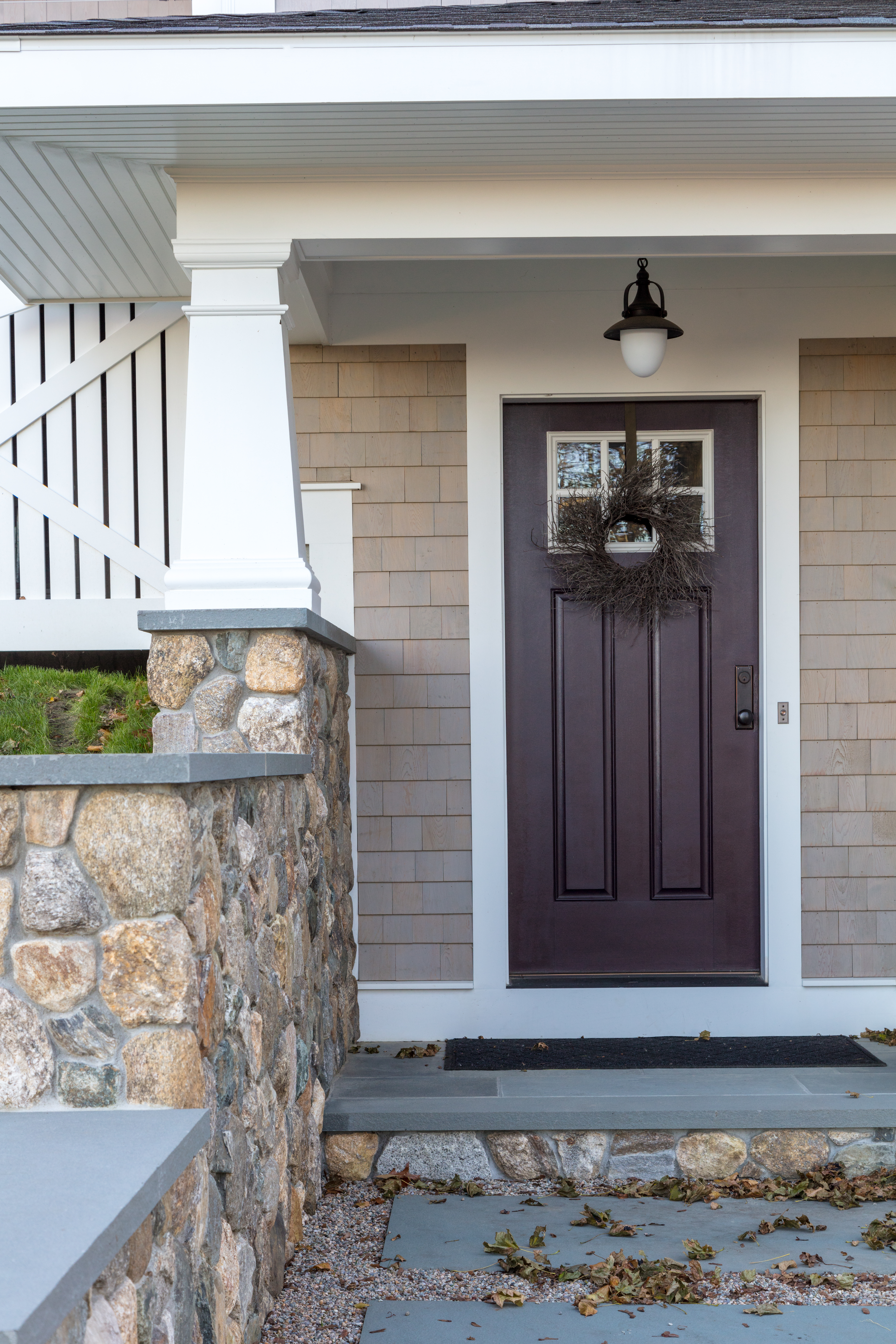
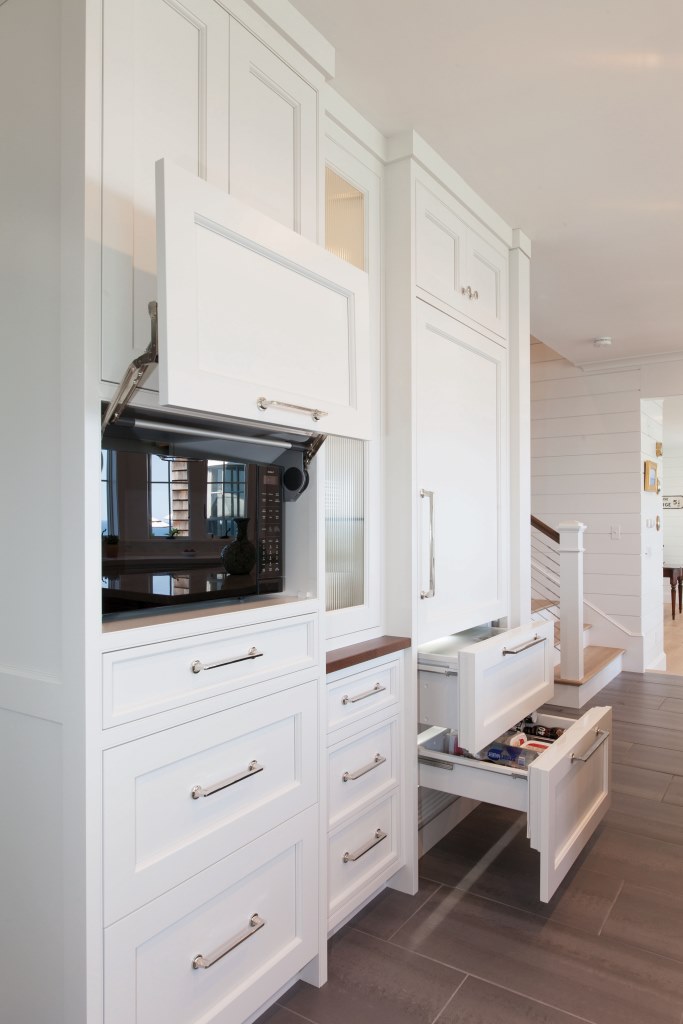

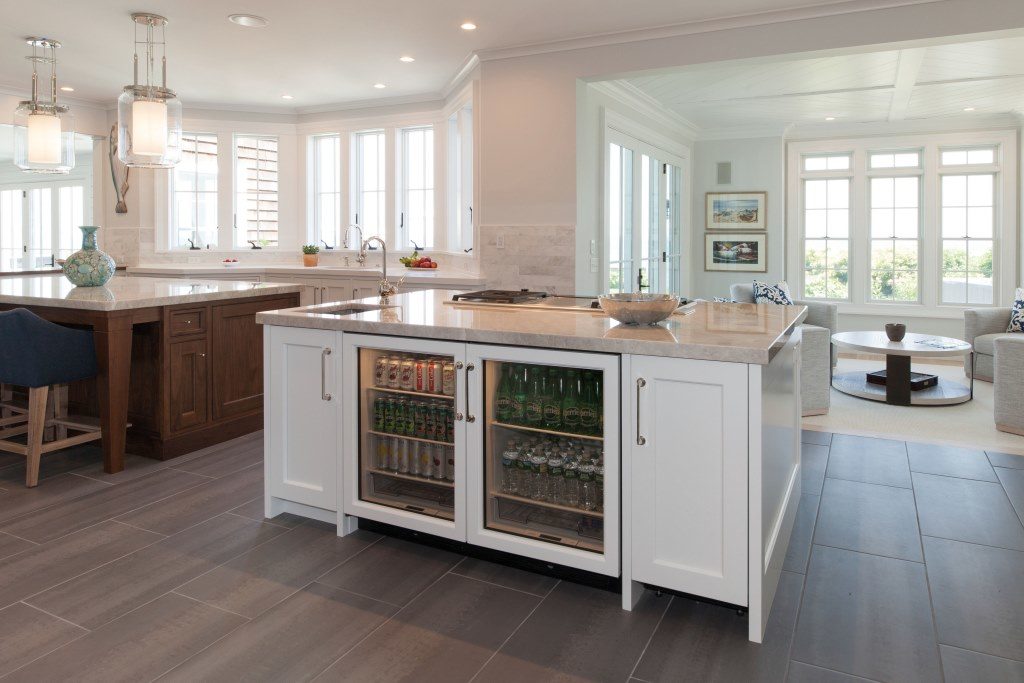
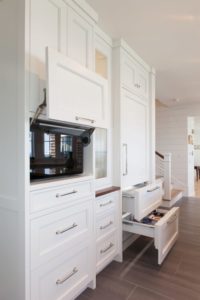
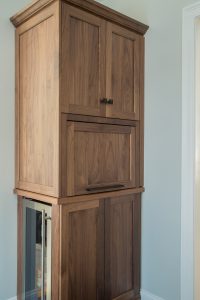
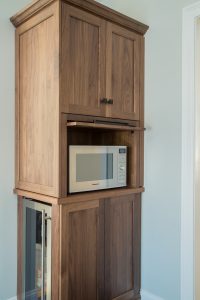
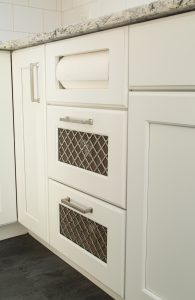
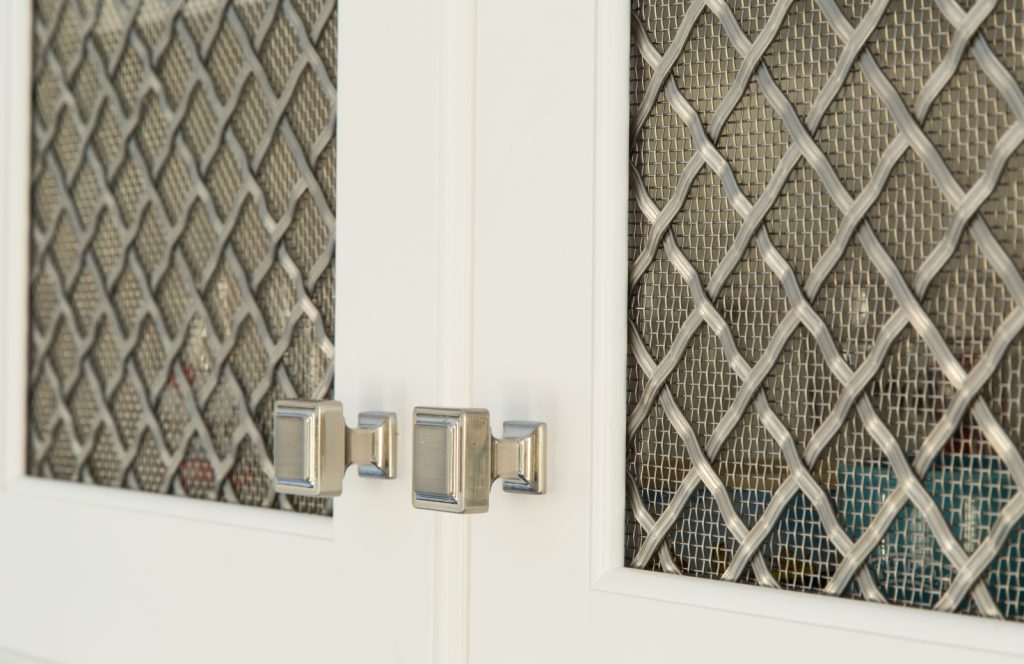


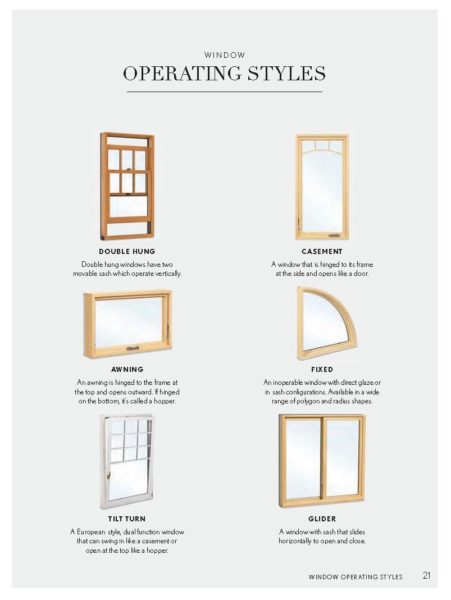
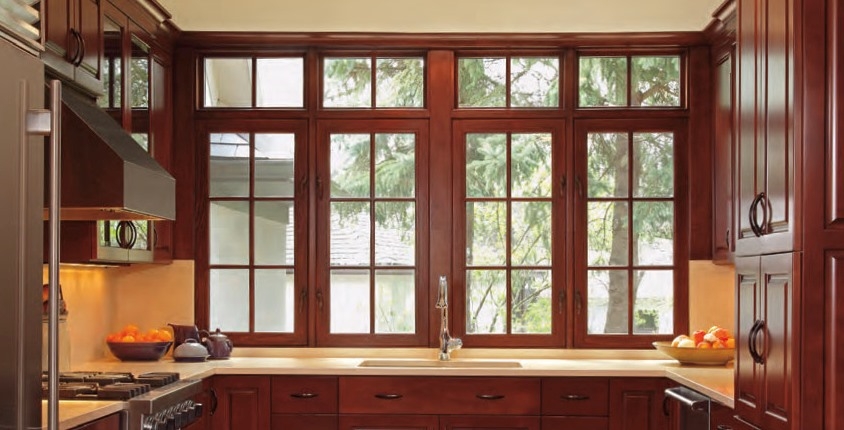

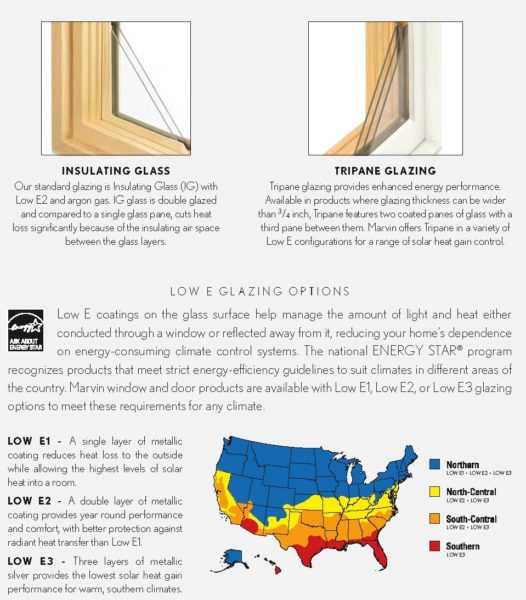
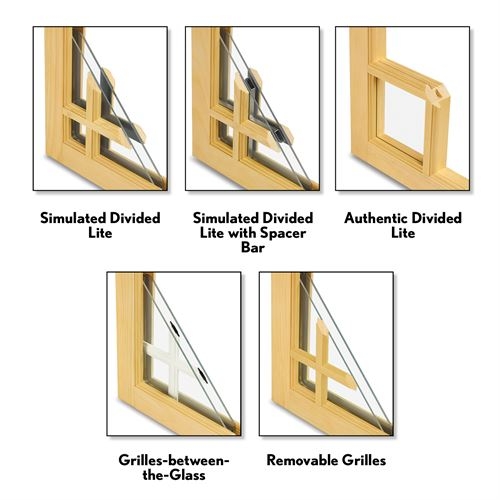 Divided lights refer to the style of grid that appears to “divide” the window pane. Taking your home style & any existing windows into consideration will help to make this choice. Different options offer various aesthetic & practical advantages. Here is a list of some of the most common divided light styles:
Divided lights refer to the style of grid that appears to “divide” the window pane. Taking your home style & any existing windows into consideration will help to make this choice. Different options offer various aesthetic & practical advantages. Here is a list of some of the most common divided light styles: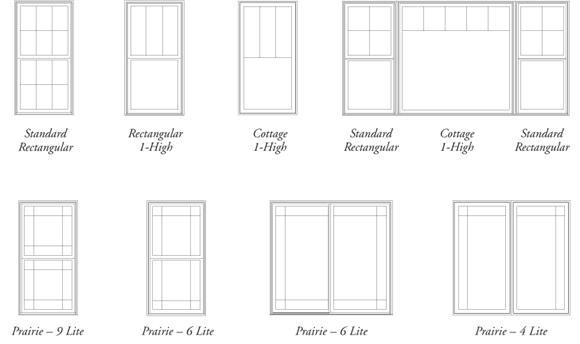
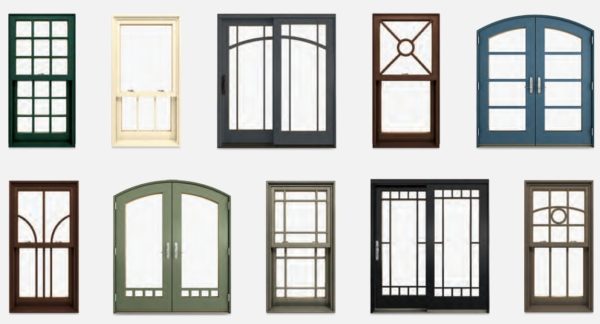


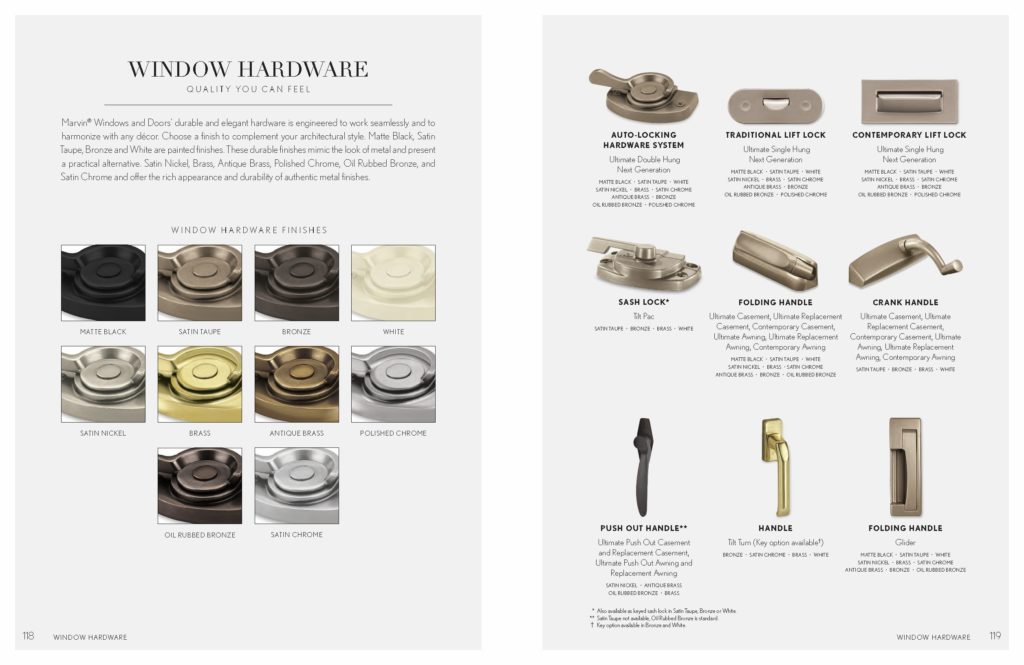
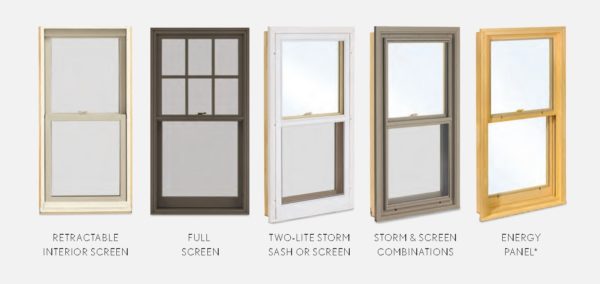
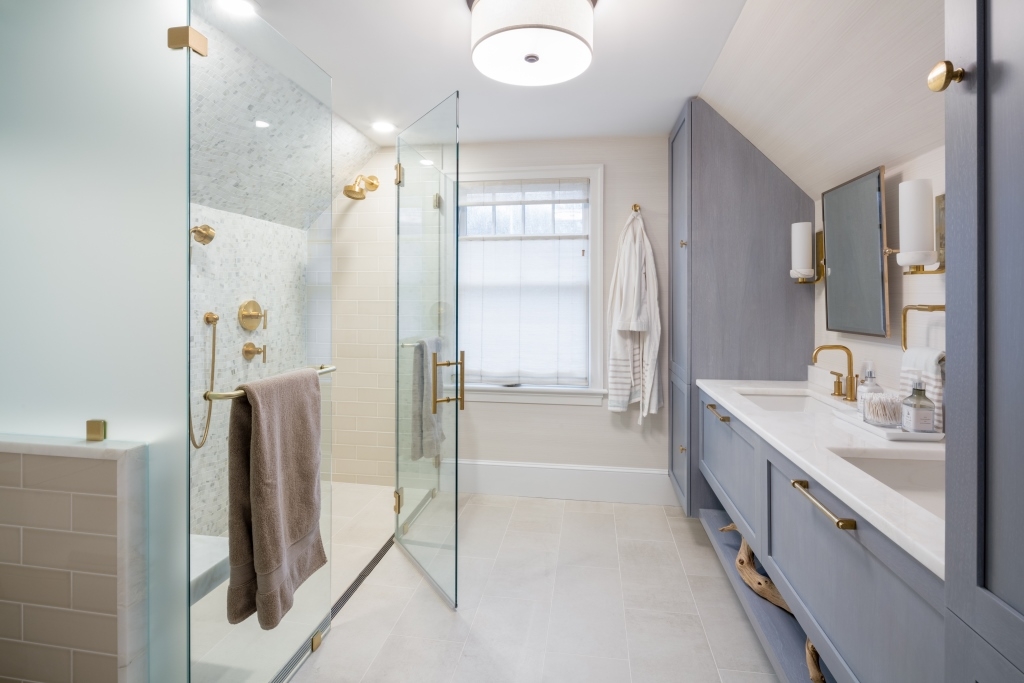
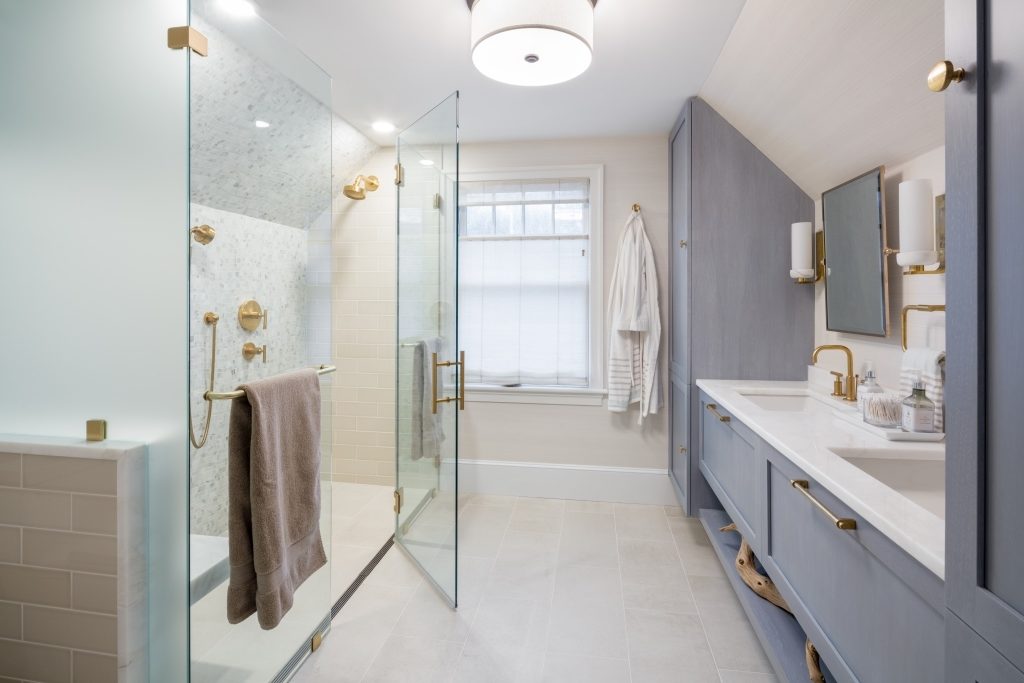



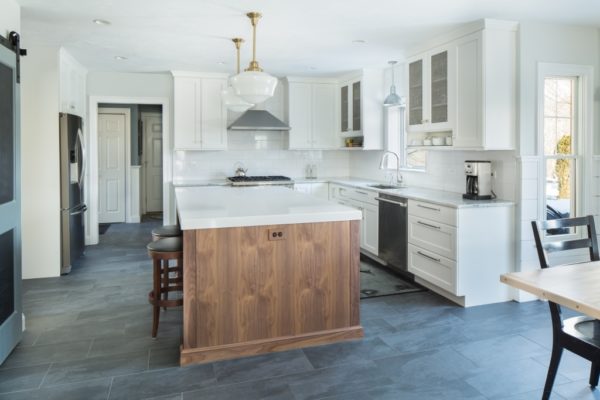 Picture this;
Picture this;



 If structural changes are in the plan, an architect will be the next step. If only interior renovations are planned you may just want to enlist the help of an interior designer. Architects and designers have inherently unique styles and strengths so do your homework and find one that tends to have an aesthetic that you are drawn to. Contact them and use all of the information you’ve gathered to discuss the parameters, scope and style & material preferences.
If structural changes are in the plan, an architect will be the next step. If only interior renovations are planned you may just want to enlist the help of an interior designer. Architects and designers have inherently unique styles and strengths so do your homework and find one that tends to have an aesthetic that you are drawn to. Contact them and use all of the information you’ve gathered to discuss the parameters, scope and style & material preferences.
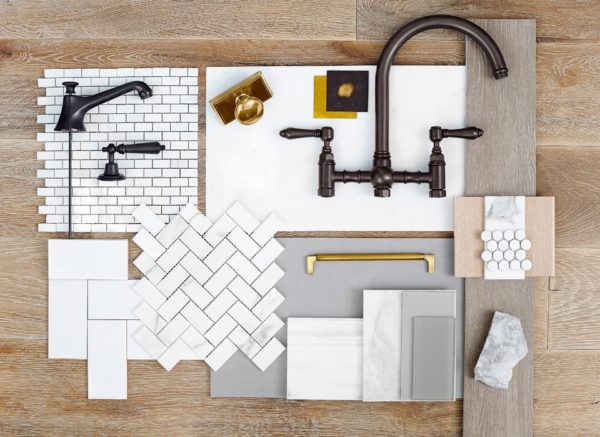

 Summer is breathing it’s last breath, kids are preparing to head back to school and here in New England the weather can turn fast. Prepare now for the impending chill of Fall and winter with some easy home maintenance tasks you can do yourself and some you may want to call in the Pros for.
Summer is breathing it’s last breath, kids are preparing to head back to school and here in New England the weather can turn fast. Prepare now for the impending chill of Fall and winter with some easy home maintenance tasks you can do yourself and some you may want to call in the Pros for. 


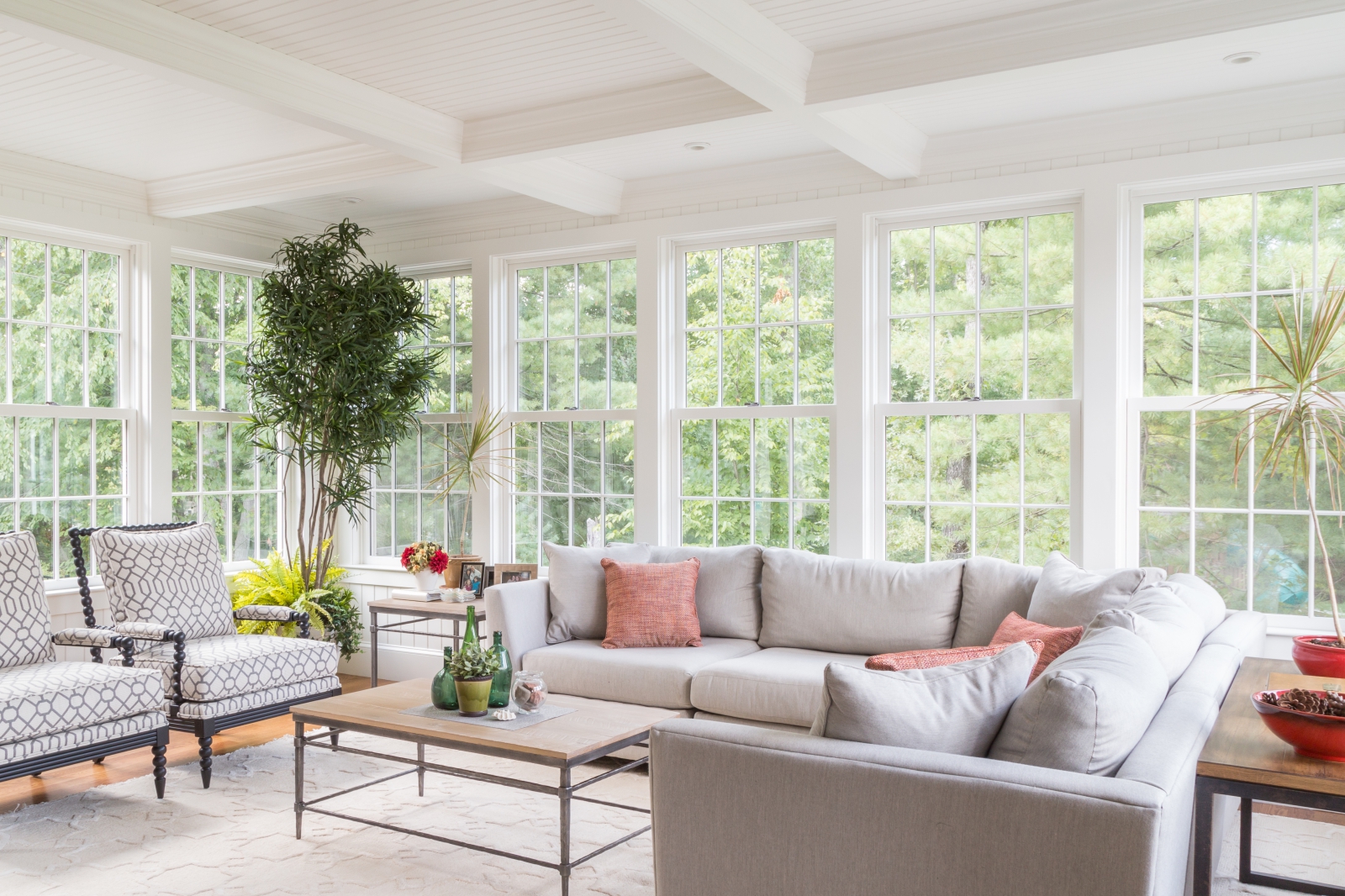
 Leave room for growth
Leave room for growth